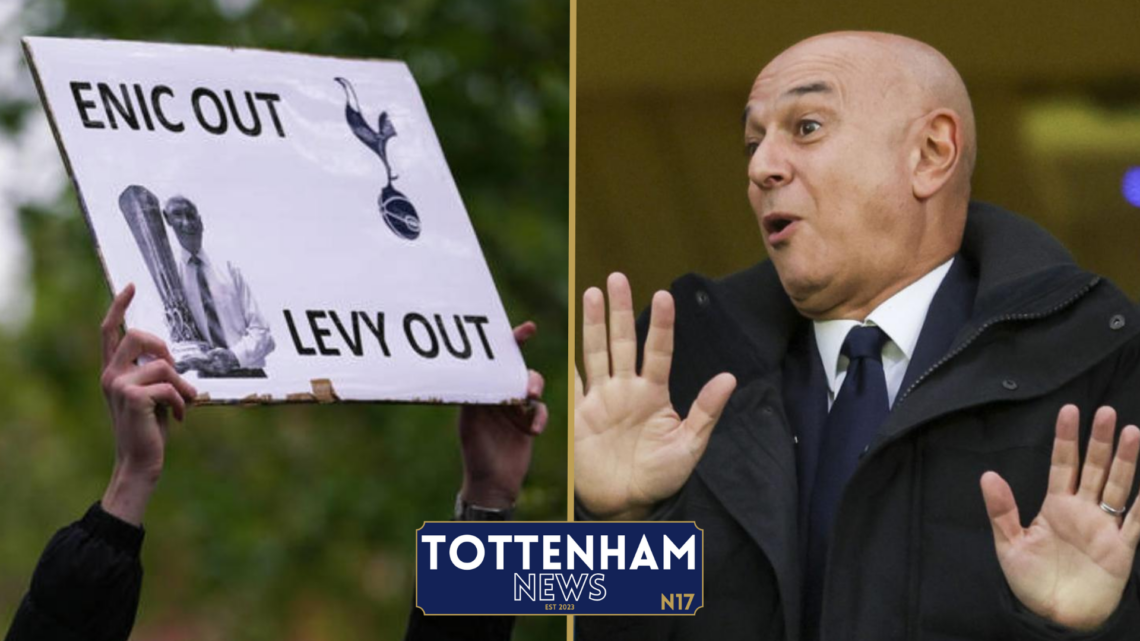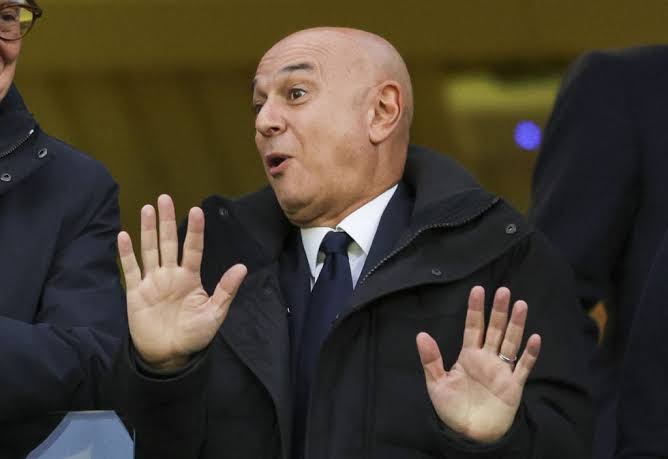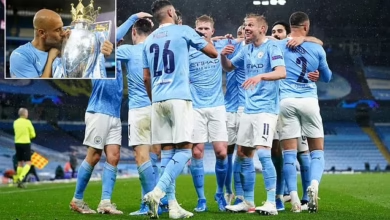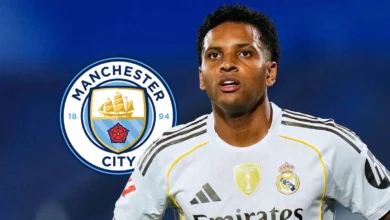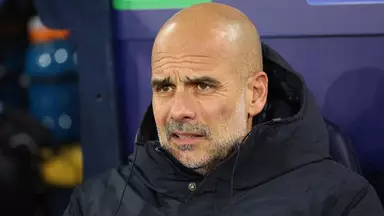Tottenham’s Bold Transfer Revolution: Frank’s January Window Masterclass
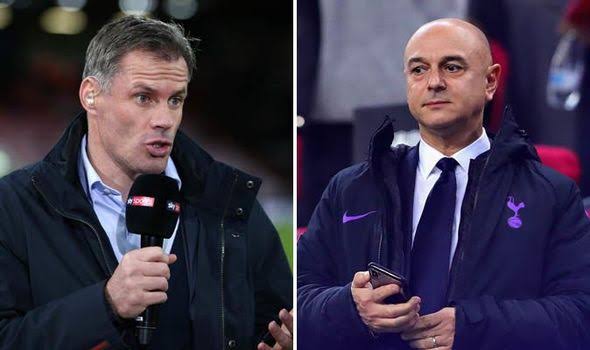
The January transfer window has brought a seismic shift to North London, with Tottenham Hotspur embarking on their most ambitious recruitment drive in recent memory. Under the guidance of new manager Thomas Frank, the club has demonstrated unprecedented ambition, backed by chairman Daniel Levy’s commitment to provide the Danish tactician with the tools necessary to compete at the highest level.
Thomas Frank’s appointment as Tottenham manager marked a significant departure from the club’s traditional approach to recruitment. The 51-year-old, who previously orchestrated Brentford’s remarkable rise from the Championship to Premier League respectability, has brought with him a clear vision for how modern football should be played. His emphasis on tactical flexibility, pressing intensity, and creative attacking play has resonated with the Tottenham hierarchy, who have backed his vision with significant financial investment.
Frank’s arrival coincides with Tottenham’s return to the Champions League, presenting him with the kind of pressure and expectation he has never experienced at his previous clubs. The weight of managing a club with such global reach and demanding fanbase represents a quantum leap from his days at Brentford, where exceeding expectations was the norm rather than the exception
Tottenham’s transfer activity this January has been nothing short of extraordinary, with the club investing approximately £90 million in new talent. This level of expenditure represents a clear statement of intent, signaling the club’s determination to compete with the Premier League’s elite and make a meaningful impact in European competition.
The centerpiece of this spending spree has been the acquisition of three key players, each addressing specific needs within Frank’s tactical framework. The investment demonstrates a cohesive transfer strategy rather than opportunistic purchasing, with each signing carefully selected to complement the existing squad while adding new dimensions to Tottenham’s playing style.
Perhaps the most surprising element of Tottenham’s transfer window has been their successful acquisition of Mohammed Kudus from London rivals West Ham United. The £55 million deal saw the Ghana international sign a six-year contract with Spurs, representing a significant coup for the club given the player’s impressive performances in claret and blue.
Kudus’s arrival brings versatility and dynamism to Tottenham’s attacking options. The 25-year-old’s ability to operate across multiple positions in the final third makes him an ideal fit for Frank’s fluid tactical system. His pace, dribbling ability, and eye for goal add a new dimension to Tottenham’s forward line, complementing the existing attacking talents of Son Heung-min and Dejan Kulusevski.
The transfer also represents a statement about Tottenham’s ambition within London football. Successfully prying away one of West Ham’s most prized assets demonstrates the club’s pulling power and financial muscle, while simultaneously weakening a potential rival for European qualification.
Kudus’s adaptation to Premier League football during his time at West Ham eliminates the typical adjustment period associated with foreign signings. His familiarity with English football’s physical demands and tactical requirements should allow him to make an immediate impact at his new club.
The acquisition of Mathys Tel from Bayern Munich represents perhaps the shrewdest piece of business in Tottenham’s transfer window. The young French forward’s permanent move for £30 million appears to be excellent value, given his potential and the premium typically associated with Bayern Munich players.
Tel’s profile fits perfectly with Tottenham’s long-term vision. At just 20 years old, he represents both immediate potential and future value, embodying the kind of strategic thinking that has become increasingly important in modern football recruitment. His development at Bayern Munich’s youth academy has provided him with elite-level coaching and tactical understanding, making him an attractive proposition for Premier League football.
The striker’s pace and movement in the final third offer Frank tactical flexibility, allowing Tottenham to vary their attacking approach depending on the opposition. His ability to press from the front also aligns with Frank’s preferred high-intensity style, making him an ideal fit for the system being implemented at Hotspur Way.
Tottenham’s acquisition of Kota Takai for a J-League record £5 million demonstrates the club’s commitment to scouting excellence and their willingness to explore markets beyond European football. The Japanese defender’s signing represents a calculated risk that could yield significant rewards both on and off the pitch.
Takai’s defensive capabilities have been highly regarded in Japanese football, with his performances earning him international recognition. His adaptation to European football will be closely monitored, but his technical proficiency and tactical awareness suggest he has the attributes necessary to succeed in the Premier League.
The signing also reflects Tottenham’s desire to expand their global fanbase, particularly in Asian markets where the club has significant commercial opportunities. Takai’s presence in the squad could help strengthen Tottenham’s connection with Japanese supporters while potentially opening new revenue streams.
While Tottenham’s completed signings have garnered significant attention, the ongoing pursuit of Morgan Gibbs-White has dominated headlines and highlighted the complexities of modern football transfers. Tottenham triggered the midfielder’s reported £60m release clause at Nottingham Forest, but the move has been complicated by allegations of improper conduct.
Nottingham Forest have threatened legal action against Tottenham, claiming the club made an illegal approach for the player. This development has cast a shadow over what should have been a straightforward transfer, with Forest’s ownership clearly determined to retain their star midfielder.
Gibbs-White’s situation exemplifies the challenges facing modern football clubs in the transfer market. Despite the existence of release clauses designed to facilitate player movement, external factors can still complicate seemingly straightforward deals. The legal implications of the dispute could have far-reaching consequences for how clubs conduct transfer negotiations in the future.
The 25-year-old’s desire to join Tottenham appears undiminished by the legal complications. His performances for Forest have been consistently impressive, with his creative ability and work rate making him an attractive proposition for Frank’s tactical system. The midfielder’s versatility would allow him to operate in multiple positions, providing valuable squad depth and tactical flexibility.
Frank’s transfer strategy reveals significant insights into his tactical philosophy and how he intends to shape Tottenham’s playing style. The emphasis on versatile, technically proficient players suggests a commitment to fluid, attacking football that can adapt to different opponents and situations.
The acquisition of players capable of operating in multiple positions provides Frank with the tactical flexibility essential for competing across multiple competitions. This approach reflects modern football’s demands, where squad rotation and tactical adaptation are crucial for sustained success.
The new signings also address specific weaknesses in Tottenham’s previous campaigns. The addition of pace and directness in attacking areas should help the team transition more effectively from defense to attack, while the increased depth allows for better squad management during congested fixture periods.
Tottenham’s significant investment in the transfer market represents a departure from the club’s traditionally cautious approach to spending. The £90 million outlay demonstrates the ownership’s commitment to competing at the highest level, but it also raises questions about the club’s long-term financial sustainability.
The investment must be viewed in the context of Tottenham’s revenue streams and their ability to generate income through player sales, commercial partnerships, and prize money. The club’s participation in the Champions League provides additional revenue opportunities that help justify the increased expenditure
However, the spending also creates pressure for immediate results. The investment in new players will be scrutinized closely, with expectations that the acquisitions will translate into improved on-field performance and competitive success.
Tottenham’s transfer activity must be viewed within the broader context of Premier League competition and the club’s long-term strategic objectives. The investment represents an attempt to close the gap with the league’s traditional powerhouses while establishing a foundation for sustained success. The signings also reflect the increasing importance of squad depth in modern football. With the demands of multiple competitions and the physical intensity of Premier League football, clubs require larger squads capable of maintaining performance levels across extended periods.
The transfer window’s success will ultimately be measured not just by individual player performances, but by the collective impact on team dynamics and competitive outcomes. The integration of new signings into existing systems often proves challenging, requiring careful management and tactical adaptation.
As the January transfer window continues, Tottenham’s business demonstrates the club’s renewed ambition and commitment to competitive success. The investment in new talent provides Frank with enhanced tactical options and squad depth, but it also creates expectations for immediate improvement in performance.
The success of these transfers will depend on several factors, including the players’ adaptation to new systems, their integration with existing squad members, and their collective contribution to team performance. The coming months will provide crucial insights into the effectiveness of Tottenham’s recruitment strategy.
The ongoing Gibbs-White situation serves as a reminder of the complexities involved in modern football transfers. While Tottenham’s completed signings represent significant achievements, the pursuit of additional targets highlights the challenges clubs face in assembling their ideal squads.
Tottenham’s January transfer window represents a bold statement of intent from a club determined to compete at the highest level. The £90 million investment in new talent demonstrates unprecedented ambition, while the quality of the acquisitions suggests a coherent strategy designed to support Frank’s tactical vision.
The success of these transfers will be measured not just in individual performances, but in their collective contribution to Tottenham’s competitive objectives. As the Premier League season progresses and European competition intensifies, the true value of these investments will become apparent.
The transformation of Tottenham’s squad represents more than just player acquisitions; it signals a fundamental shift in the club’s approach to competition and success. Under Frank’s guidance, supported by significant investment, Tottenham appears poised to challenge for the honors that have eluded them for so long.
Whether this ambitious transfer strategy translates into tangible success remains to be seen, but the foundation has been laid for what could be a transformative period in the club’s history. The coming months will determine whether Tottenham’s bold vision becomes reality or remains an expensive experiment in modern football’s unforgiving landscape.
